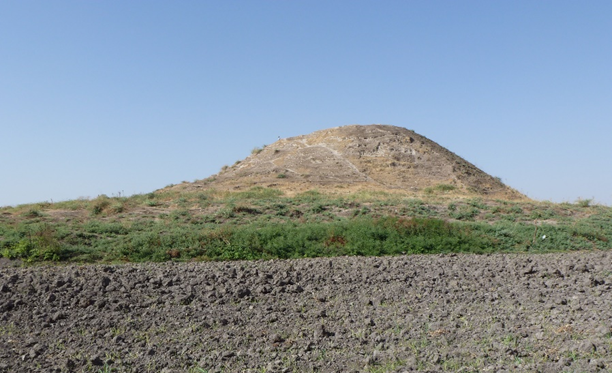Issue 23
Issue 23

The site of Gird-î Qalrakh is a small but steep settlement place in the North-eastern Shahrazor-Plain. It was excavated in three seasons (2016, 2017 and 2019), the fourth season 2023 has just started. The archaeological discovery will be carried out jointly by the Slemani Archaeological and Heritage Directorates, along with two universities (University of Erlangen and University of Frankfurt), in Gridi-Kazhaw and Qalrgh. It will continue for years.

Gird-î Kazhaw is located at the eastern perimeter of the large spring near Bestansur. The site consists of two mounds extending across an area of 4 ha. Mound A is only 2–3 m in height and of oval shape while Mound B reaches up to 10 m in height.
240128080157.png)
Archaeological features, such as architecture etc. can be traced by high resolution and large-scale magnetometer prospecting. Moreover, soil magnetic data deliver additional information about the alteration of the ancient landscape. In combination with an archaeological survey, the geophysical results can provide information to reconstruct the spatial organization within these settlements as well as an epoch-spanning analysis of settlements and their role in urbanization processes and within settlement hierarchies.
Issue 23